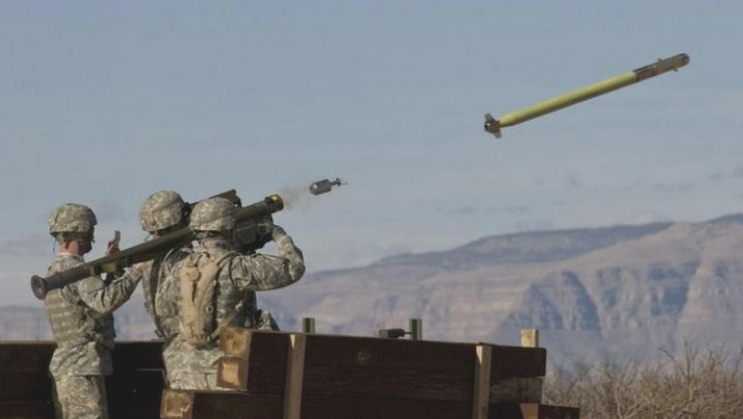Raytheon’s planned reorganization will affect company’s Arizona operations

Approximately three years since the blockbuster merger between Raytheon and UTC, the resulting Raytheon Technologies Corp. has decided to reorganize its four business units into three.
The defense contractor (NYSE: RTX), one of the state’s defense contractors whose Missiles & Defense division is based in Tucson, is anticipating another year of big changes, after last year moving its headquarters from the Boston metro to Virginia to be closer to its biggest customer, the federal government.
In its quarterly earnings release Tuesday, Raytheon said it plans to realign its business units around three segments, citing a need to better align with customer needs.
The goal would refigure its current four units: Collins Aerospace, based in Charlotte, North Carolina; Pratt & Whitney, based in East Hartford, Connecticut; Raytheon Intelligence & Space, based in Arlington, Virginia; and Raytheon Missiles & Defense.
After the reorganization, the three business units would be Collins Aerospace, Pratt & Whitney and Raytheon. The plan is set to be implemented in the second half of the year.
Asked whether the reorganization means folding the intelligence unit into the defense unit, a spokesperson for Raytheon, Chris Johnson, said in an email that the exact composition of each resulting business unit has not yet been determined.
“Efforts over the next several months will be focused on further defining and then implementing the new organization,” he wrote. “We don’t anticipate significant headcount reduction in the broad employee population.”
Leading the reorganization is Christopher Calio, who will take on the role of president and COO of Raytheon Technologies starting March 1.
In an earnings call with analysts, Calio cited feedback from customers throughout the last couple of years to better integrate some of its solutions as a reason the company decided to reorganize itself.
“All of these things, I think, will enable us to work better and, frankly, collaborate better across businesses,” Calio told analysts.
Raytheon CEO Greg Hayes noted during the call that the reorganization is not about recreating “the old, legacy Raytheon Company.” He promised analysts that the company is set to have “a really good understanding” of what the new organization is going to look by the end of the first quarter.
Earnings
On the earnings side, Raytheon said sales grew to $18.09 billion in the fourth quarter of 2022, up from $17.04 billion from the same period of 2021, and its contract backlog sits at $175 billion. Raytheon’s net income for the fourth quarter was up 16% year-over-year to $1.89 billion. Across 2022, Raytheon saw a 4% bump in revenue to $67.07 billion.
All segments of Raytheon saw organic revenue growth in the fourth quarter with the exception of RIS: Collins Aerospace sales were up 15% to $5.66 billion; Pratt & Whitney had sales increase 10% to $5.65 billion; while RIS saw sales go down 8% to $3.54 billion. The dip in RIS was attributed to the gains on the sale of its global training and logistics unit along with dips in efficiency and volume in the business segment.
Despite 6% sales growth for RMD on the quarter to $4.1 billion, analysts questioned why growth wasn’t higher due to the current spike in defense spending from the U. S. and NATO allies along with the large demand culminating in a $69 billion defense backlog for the company.
Supply chain issues are holding the defense segment of Raytheon back a the return to pre-pandemic supply chain levels is the key to growth, Hayes said. Hayes sees as the segment with the biggest potential for growth outside of the commercial airspace side in Collins.
“They got the orders, we’ve got the capacity, we just have to drive that material in,” Hayes said.
The company expects to pay $1.4 billion in taxes this year due to Section 174 of Tax Cuts and Jobs Act (TCJA) passed in 2017. Before the law, companies could deduct the full cost of R&D investment immediately. In 2022, companies now have to spread that deduction over five years, or amortize that investment and it’s cutting into Raytheon’s bottom line. Back in 2021, the company was projecting $10 billion in free cash flow in 2025 but the tax liabilities bring that number to $9 billion.
“Most of that growth from … $5 billion dollars this year to $9 billion dollars is going to come from segment operating profit which should grow between 2022 and 2025 by about $5 billion,” Hayes said. “That just assumes an execution on the current demand we have in backlog. There’s nothing else magic about that except the continued return of people flying and the defense budgets remaining very robust.”
